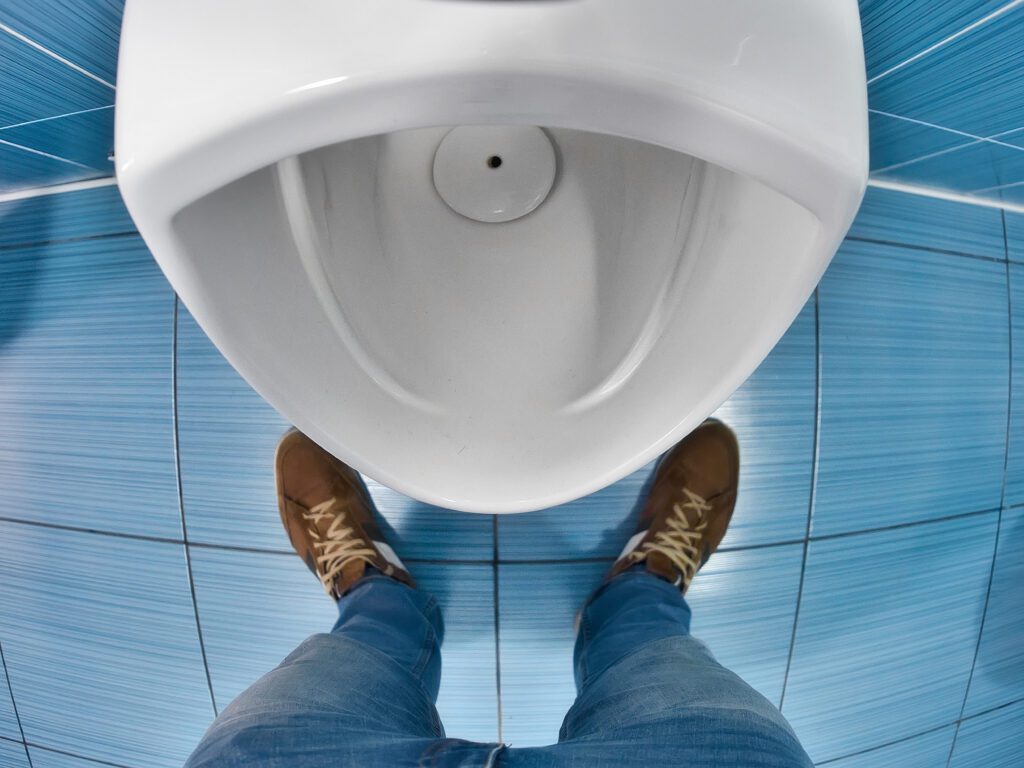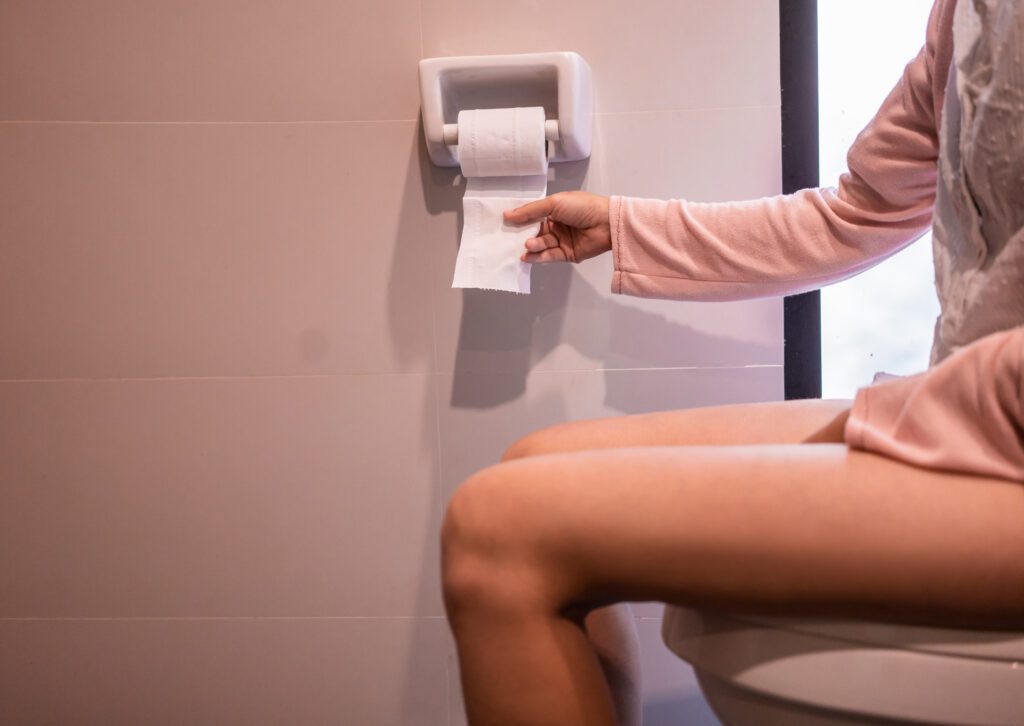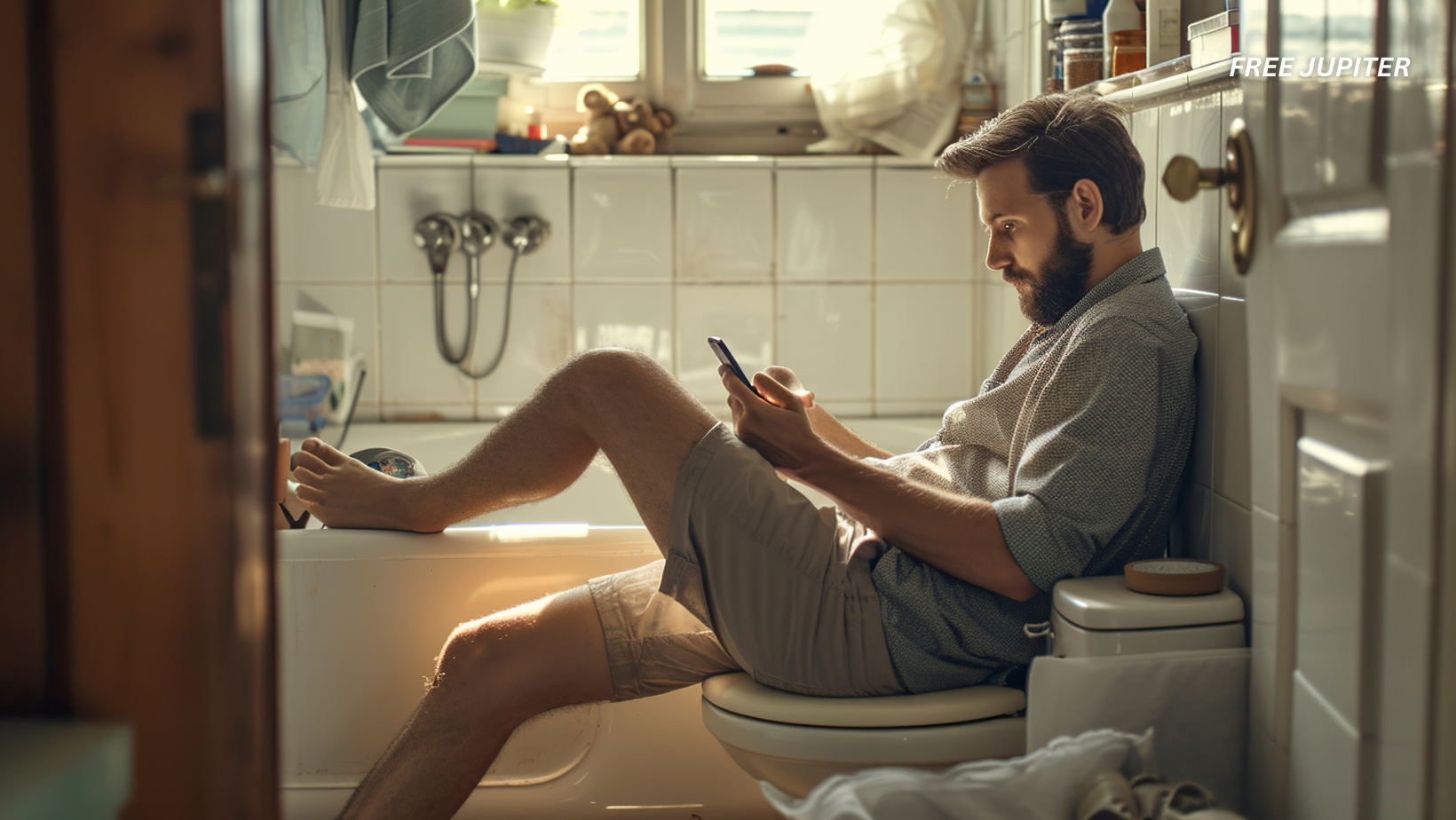Many of us have been taught to empty our bladder before leaving home “just in case” there is no restroom nearby. It seems harmless or even wise. But experts in urology and pelvic health warn that making this a habit can actually reshape how your bladder and pelvic floor function over time.
How Your Bladder Is Designed to Work
Your bladder acts like a natural reservoir for urine. For a healthy adult, it can hold about 10–15 ounces on average, or roughly 300–450 millilitres. As it fills, you experience three distinct sensations:
- Awareness level at about 4–5 ounces. You sense mild fullness but have no urge.
- Prepare level when the bladder is half full. You feel a gentle urge to find a bathroom soon.
- Emergency level at full capacity. You need to go immediately, or risk leakage.
Urination happens when full bladder muscles send a signal to your brain. Your brain then tells the pelvic floor muscles to relax and your bladder to contract to release urine .
Why Emptying Too Often Is a Problem
In normal use you urinate every 3–4 hours, or about 6–8 times per day. But when you go “just in case” before your bladder is full, you disrupt this natural pattern.
- Bladder muscle dysfunction
Bladder muscles contract best when scheduled. Emptying too early stops this rhythm. Signals between the bladder and brain become desynchronized - Pelvic floor weakening
Forcing urine out when the bladder is not full increases pressure on pelvic floor muscles. This weakens them over time, leading to leaks or urgency - Smaller bladder capacity
The bladder adapts to your habits. Habitual emptying at lower volumes means your bladder trains itself to send fullness signals sooner - Increased bathroom frequency
Once your bladder capacity shrinks, you will need to urinate more frequently

Medical Issues That May Arise
Experts identify several urinary health problems tied to the “just-in-case” habit:
- Overactive bladder (OAB)
Characterised by urgency, frequent urination (8 or more trips daily), and sometimes leakage - Urinary incontinence
The sudden need to urinate, combined with weakened pelvic muscles, can result in stress or urge leakage - Pelvic floor dysfunction
Related to overtraining or undertraining of key muscles. Especially common in individuals already facing strain like athletes - Urinary tract infections (UTIs)
Leaving small amounts of urine from incomplete voiding and training your bladder to behave inefficiently can heighten UTI risk
The Mental Component
Bladder function is guided not just by physical signals but also by mental conditioning.
SELF magazine echoes this, describing the brain‑bladder relationship as trainable. Preemptive toilet visits may mentally prime your bladder to signal too early.
What Counts as ‘Too Often’?
Definition varies but general consensus sees more than 8 trips per day as potentially frequent.
Urinating every 15 minutes is definitely abnormal, just as going once every 12 hours is excessively infrequent.
Read More: Experts Explain Shocking Simulation That Reveals What Eating One Meal a Day Does to Your Body
Why Bladder Training Matters
In bladder retraining, the aim is to help the bladder hold urine longer and reduce frequency. This can involve delaying urges by small increments, for instance waiting five extra minutes before voiding.
Pelvic floor therapy often accompanies this to strengthen muscles and improve bladder control.
Lifestyle Adjustments for Better Bladder Health
Experts recommend:
- Respond only when urgency arrives
Go only when you feel a clear need, not on a whim. - Avoid fluid binges or diuretics
Spread water intake evenly. Limit caffeine, alcohol, citrus juices to avoid bladder irritation. - Practice bathroom timing
Aim for every 3–4 hours when awake. Delay inheritance urges gradually to build capacity. - Pelvic floor exercises
Regular Kegels support the process by improving muscle control. - Relaxation during peeing
Straining is harmful. Sit comfortably, lean slightly forward, place feet on a stool. Allow bladder and pelvic floor to work naturally. - Track habits and consult professionals
Keep a fluid and urination log to spot issues. If frequent trips persist or there are pain, blood, leakage or infections, see a specialist.
Common Myths Versus Facts
- Myth: Peeing before leaving prevents accidents
Fact: It can actually reinforce bladder preemptiveness and cause inconvenience later . - Myth: Drinking loads of water is always healthy
Fact: Overhydration or too much caffeine may cause bladder irritation and drive frequent urges. - Myth: Everyone has the same bladder habits
Fact: Frequency varies, but 6–8 times daily is typical. Higher frequency may signal issues .
Special Case: Athletes and High Pressure
Athletes often empty before training to avoid interruptions. But evidence shows this habit can exacerbate pelvic floor stress under high load movements, increasing urgency and leakage .
Benefits of retraining and pelvic exercises are especially clear in athletic environments.
Potential Consequences of Habitual Peeing ‘Just in Case’
If unchecked this habit may lead to:
- Smaller bladder capacity
- Increased urgency
- Frequent daytime or nighttime trips
- Weakened pelvic floor causing stress or urge incontinence
- Higher UTI risk from leftover urine
- Reduced quality of life due to stress or social avoidance
How to Reset Healthy Habits
- Keep a bladder diary for fluid intake, urination frequency, volume and triggers.
- Space out bathroom visits to every 3–4 hours. Delay the urge gradually to retrain your bladder at full volume.
- Do Kegel exercises as micropauses during the urge to help strengthen the pelvic floor .
- Avoid irritants like caffeine, alcohol and acidic foods .
- Practice mindful peeing by sitting in a relaxed posture, not forcing urine out .

When to See a Doctor
Seek medical advice if you experience:
- Frequent trips more than 8 times per day
- Nocturia of two or more times per night
- Sudden urgency or leakage
- Blood, burning pain, cloudy or foul‑smelling urine
- Ongoing urinary infections
- Pain or difficulty during urination
A urologist or pelvic floor physiotherapist can perform tests like urinalysis, bladder scans, cystoscopy or urodynamic studies to determine the cause. Treatment may include medication, therapy or lifestyle changes.
Read More: Expert Shares Natural Drug-Free Method To Mimic the Effects of Ozempic
The Bottom Line
Going to the bathroom “just in case” might seem harmless but it can remodel your bladder and pelvic floor function over time. This normal habit can lead to bladder sensitivity, frequent bathroom use, weakened pelvic floor and increased risk of infection or leakage. Medical experts advise listening to real urges and retraining your bladder if necessary, while addressing stress and habits like caffeine and posture. If symptoms persist, timely intervention from a specialist is essential.
Understanding your own bathroom habits is a simple but powerful step toward maintaining good bladder health and quality of life.










